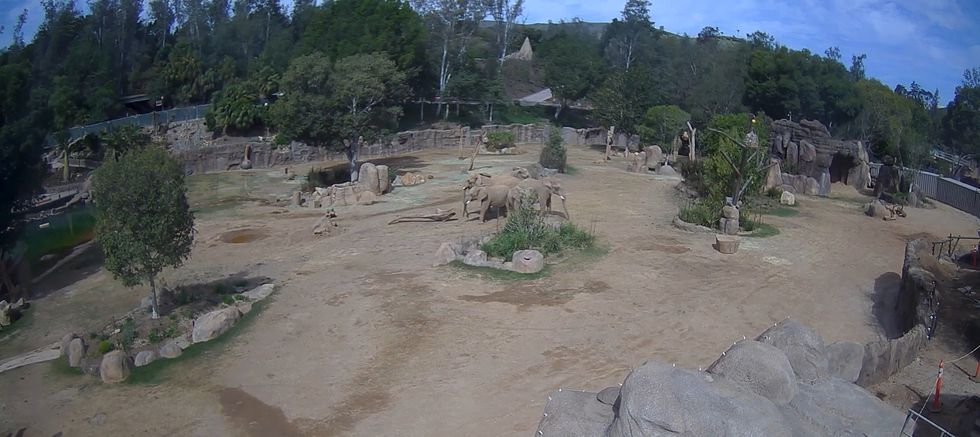Catherine Shuttleworth
Jun 11, 2024

Lost boulder provides vital clue to Stonehenge's history
Photo by Matthew Cattell/Getty Images for Samsung Galaxy S8
New evidence that suggests the bluestones of Stonehenge were transported from West Wales by glacier ice has emerged, after a "lost" boulder was rediscovered in a box in Salisbury Museum.
The evidence also establishes that one of the biggest Stonehenge myths - the story of 80 bluestones being transported by heroic Neolithic tribesmen - should be forgotten.
The discovery and recently published research, describes the characteristics of the boulder, which suggest that it has had a complex history. The boulder's story beginnings with glacial entrainment in North Pembrokeshire and ends at Stonehenge with human damage in both Neolithic and modern times.
Dr Brian John, the author of the paper, has been studying the impacts of glacial erratic transport for years. But when a small boulder made of volcanic rock was rediscovered in Salisbury Museum in 2022, Dr John's research received an unexpected boost.
The boulder had been "missing" for 46 years, after being initially found in a Stonehenge dig in 1924, and considered unimportant. So archaeologist RS Newall stored it in his attic until it was passed to the Salisbury Museum in 1976.
There was a brief period of interest the next year, but was then placed into storage for another 46 years.
That was until Dr John found a reference to the boulder back in 2022, and asked the museum director if it was still in storage. When it was discovered that it was, he was given permission to examine it.
The boulder is roughly the size of a human skull, and has multiple characteristics of glacial transport.
However it also has "fresh" surface damage, suggesting it may have been found during the Neolithic period, and seen as a possible source for tool manufacture before being rejected for being unsuitable.
Dr Brian John says: “This boulder has had a fascinating history, but it is highly probable that it was carried into the Stonehenge area by glacier ice. The rock type suggests a Pembrokeshire origin. We should not be surprised by this.
"The great majority of Stonehenge bluestones are not pillars at all, in spite of what we have all been encouraged to believe. They are smoothed and deeply weathered glacial erratic boulders similar in shape and appearance to almost any assemblage of boulders to be found near any present-day glacier snout.”
Sign upto our free Indy100 weekly newsletter
Have your say in our news democracy. Click the upvote icon at the top of the page to help raise this article through the indy100 rankings.
How to join the indy100's free WhatsApp channel
Top 100
The Conversation (0)













